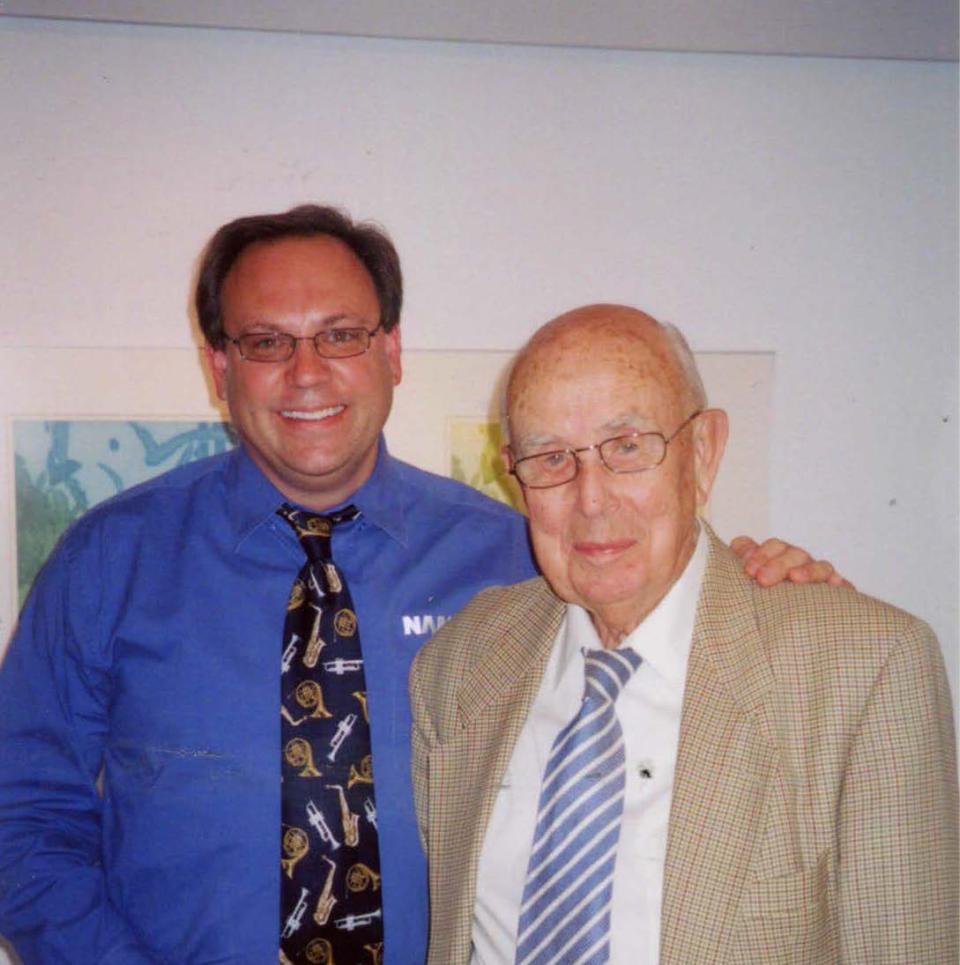Professor Fritz Sennheiser
Professor Fritz Sennheiser had a deep interest in audio, long before he designed a tube voltmeter and his first microphone after World War II, which launched his company, Sennheiser Electronic. He was born in Berlin in 1912 and by the time he was ten, he was already building his first crystal radio set. Audio equipment fascinated him and yet he was often frustrated with the lack of function and scope of the gear at that time. He studied at the Institute of Technology and the Heinrich Hertz Institute where he earned his doctorate in electrical engineering in 1940. Just a few years earlier, Fritz designed a reverberation monitor that was used during the 1936 Summer Olympics. It's thought that Fritz had an idea at that time to develop a shotgun microphone, which was delayed because of the war, but would ultimately come to fruition and become the cornerstone of his company.
Upon my first trip to Hanover, Germany in 2005, I arranged an interview with Professor Sennheiser at his factory, thanks in large part to his son. I was both excited and a little nervous having admired his work in audio research and development since I was a teenager. Perhaps it was nerves and poor planning when I clipped a Shure lav microphone to his shirt for the interview. He looked down at the competitors unit and then back up to me. In a moment that felt like an hour, I was ready to hide under his desk. Just then he smiled at me and sat down for the interview. I wrote him later after I had interviewed Rose Shure, who was in on my embarrassing story and posed for a monk photo (to be shown only to him) showing me clipping a Sennheiser lav on her shirt. He wrote me back, a three-page hand-written letter that started by saying no apology was needed but that the photograph was now one of his prized possessions. He went on to write reasons he had enjoyed his life in audio development and ended by saying a great deal of the reward for him was the friends he has met along the way.
Professor Sennheiser was interviewed for the NAMM Oral History program in July 2005. Click here to view a segment from that fascinating interview.
Dan Del Fiorentino
NAMM Music Historian
dand@namm.org
